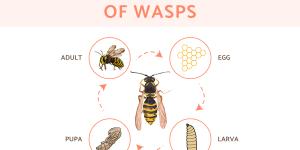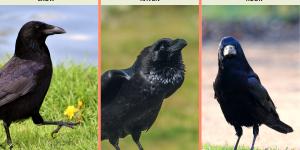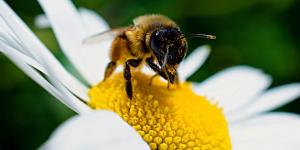Differences Between Wasps, Hornets and Bees

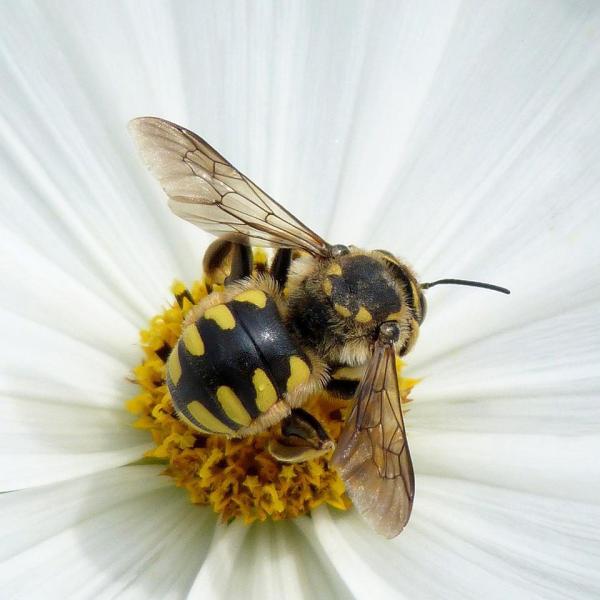
When you get nervous at the sight of a wasp or a bee flying towards you, they can both look almost identical in terms of appearance. However, nothing is further from the truth. Wasps and bees are very different insects in terms of their morphology, diet, and behavior.
In this AnimalWised article we will show you all the differences between wasps and bees, starting with their physical appearance, passing onto their diet and habitat, before ending up with their sting. Read on and learn how to tell them apart.
Morphological differences between bees and wasps
Both bees and wasps - as well as ants and sawflies - belong to the order Hymenoptera within the class Insecta. While there are several species of both bees and wasps, each kind of insect has a series of common characteristics.
Before continuing, we should clarify that hornets (Vespa and Provespa) and yellow jackets (Vespula and Dolichovespula) are kinds of wasps. On the other hand, bumblebees (Bombus) are a genus within the common name "bees". Unlike what many people believe, not all bees are honeybees.
- Wasps, as a general rule, are yellow and black or dark brown. Depending on the particular species, they can be almost completely dark; this is the case of the great black wasp (Sphex pensylvanicus) or the different tarantula hawks (Pepsis and Hemipepsis). Bees, on the other hand, tend to be brownish or golden in color, not bright yellow. However, there are many different species of bees, so this rule is not absolute.
- Wasps are characterized by a "belt-like" narrowing which separates the thorax from the abdomen, the origin of the expression "wasp waist" and related fashion silhouette. This feature is not as prominent in bees.
- Bees look somewhat fuzzy and hairy, as they have keratin hairs across their thorax, face, abdomen, and legs. They also have bristles on their forelimbs. Wasps, on the other hand, look much smoother and sleek.
- On a microscopic and functional level, the sting of bees and wasps are not the same, with the main difference being that most bees are only able to sting once, and die after doing so. This is because their stinger has a series of barbs, which makes them rip part of their abdomen when they try to pull it out. The sting of wasps, which forms part of their reproductive system, is smooth, meaning that a wasp can sting multiple times without putting their life at risk.
One interesting fact worth knowing is that there are wingless wasps, just as there are stingless bees. These adaptations have evolved to suit specific ecological niches, allowing them to thrive in diverse environments.
In the picture you can see a wasp.

Differences between a wasp's and a bee's diet
Bees are characterized by their proboscis, or tongue, which allows them to suck up nectar from flowers. Bees feed on nectar and pollen. The only exception is the queen bee, who consumes the so-called royal jelly. Bees are highly specialized herbivores throughout their entire lives.
Wasps possess powerful jaws that they use to devour their prey. Wasps are carnivorous and generally parasitic during their larval phase, before later moving on to also feed on plant matter during their adult phase. Some wasps only live on nectar during their adult lives, but the majority of wasps are omnivorous and eat both plant matter and carrion - this is the case of the yellow jacket. Some wasps attack hives to steal nectar and honey and feed on bee larvae; in general, we can say that most wasps feed on other insects. In addition to their dietary habits, wasps play a crucial role in controlling insect populations, thus maintaining ecological balance.
This picture shows a bee.

Differences between the role of bees and wasps in their ecosystems
Bees are the most effective pollinators found in nature. Nevertheless, there are some types of plants that have evolved in conjunction with other pollinators, such as some kinds of wasps or particular species of hummingbirds. Therefore, wasps are responsible for pollinating certain types of plants. This symbiotic relationship enhances biodiversity and supports the survival of numerous plant species.
The main function of wasps in ecosystems is that of a predator, a hunter of other insects; wasps lay their eggs on other insects, take them to feed their larvae or even themselves. Wasps are sometimes introduced to crop fields because they work as a natural pest controller, similar to what happens with ladybirds and aphids. This natural pest control is beneficial for agriculture as it reduces the need for chemical pesticides, promoting a healthier environment.
In the picture you can see a wasp.

Habitats and social structures of bees and wasps
Some wasps are social, while others are solitary. While there are cases of solitary bees, most of them are social or semi-social. The social structure of these insects greatly influences their behavior and roles within their respective communities.
Both types of insects build combs or nests. Social wasps create hives made with mud or a material similar to paper; wasp hives are usually found in protected spaces or shelters, like hollow trees or attics. These hives can be hidden or hanging; they are complex, having interior walls. This architectural complexity is indicative of their advanced social organization.
Bees, on the other hand, build their complex colonies or hives with honeycomb made from wax. Bumblebees are an exception, as they tend to take shelter in cavities in the soil. The wax honeycomb structure allows bees to efficiently store honey and raise their young in a well-organized environment.
In the picture you can see a bee honeycomb.

And here you can see what a wasp hive is like. The intricate design of wasp hives showcases their ingenuity and adaptability, ensuring their survival across varied habitats.

Larvae and reproduction
In the case of bees, only the queen bee is able to lay eggs, and she is the only fertile female in the colony. Something similar usually happens when wasps live in a community, although this isn't always the case. All female solitary wasps are fertile. The distinct reproductive roles within these colonies ensure the survival and continuity of their species.
Bee larvae feed on nectar, whilst wasp larvae are carnivores. In fact, the wasp larvae's first food is usually the same insect on which the mother wasp laid her eggs with her sting. This difference in larval diet underscores the diverse evolutionary paths these insects have taken to adapt to their environments.
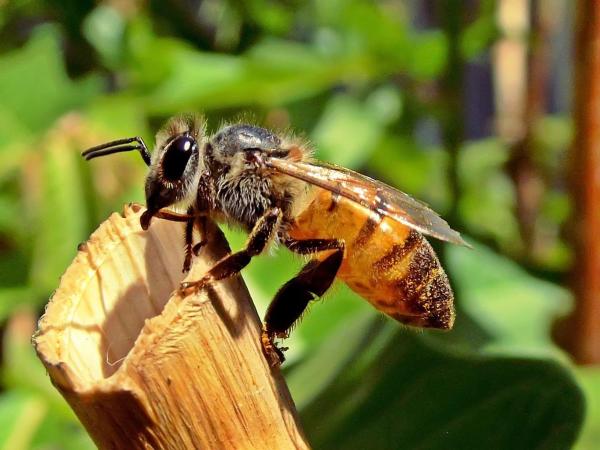
Other differences between bees and wasps
Only female wasps have a sting, as it has a reproductive function. Fertile wasps lay the eggs of the future larvae through the sting, and the fact that it can be used to inject its prey with venom doesn't mean that it always does so. Wasps can sting their prey repeatedly, and they are quite aggressive. Their sting tends to be more painful and dangerous to humans than that of bees, especially in the case of the Asian giant hornet (Vespa mandarinia). This aggressive nature can be attributed to their role as predators and protectors of their nests.
In bees, the stinger is a defense mechanism and it is therefore always associated with the injection of venom. In general, bees are peaceful and gentle insects that only attack if they feel threatened at an individual or collective level. The hybrid Africanized honey bee (Apis mellifera), however, is quite aggressive and even dangerous - they're even nicknamed "killer bees"! This difference in aggression levels highlights the diverse survival strategies adopted by these insects.
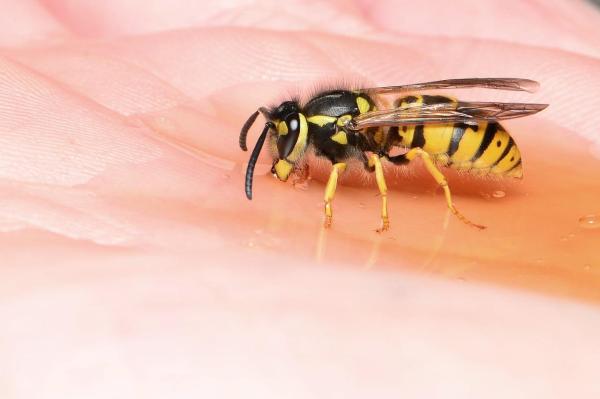
These are the main differences between wasps, hornets and bees. Did we miss anything? Tell us in the comment section! If you want to learn more about the animal kingdom, take a look at the following articles:
If you want to read similar articles to Differences Between Wasps, Hornets and Bees, we recommend you visit our Facts about the animal kingdom category.

